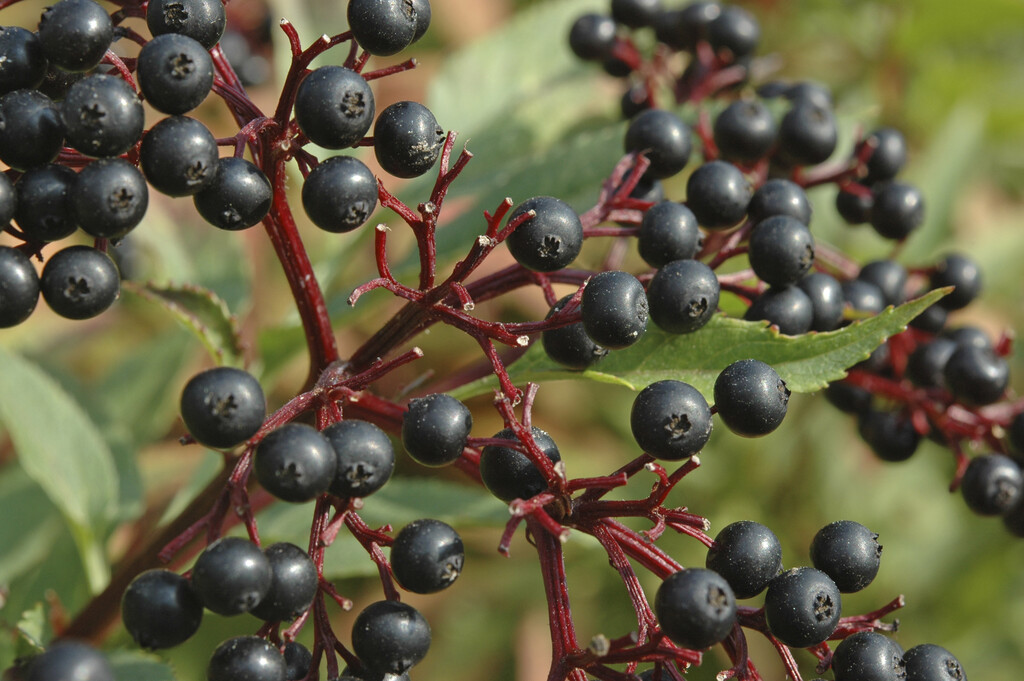Sambucus ebulus
dwarf elder
An herbaceous perennial, that grows between 1–2m tall, with an upright habit and green pinnate leaves that release a strong, unpleasant odor when crushed. From June to August, it produces flat-topped clusters of pinkish-white flowers, each 10–15 cm in diameter, with a fragrance reminiscent of bitter almonds. In autumn, these are followed by small, glossy black berries, measuring 5–6 mm in diameter
Other common names
blood hilderDane ball
see moreDane's blood
Dane's elder
Daneweed
Danewort
deadwort
ground elder
wallwort
Dane's weed
Size
Ultimate height
1–1.5 metresTime to ultimate height
2–5 yearsUltimate spread
0.5–1 metresGrowing conditions
Moisture
Moist but well–drainedpH
Acid, Alkaline, NeutralColour & scent
| Stem | Flower | Foliage | Fruit | |
| Spring | Green | |||
|---|---|---|---|---|
| Summer | Pink White | Green | ||
| Autumn | Green | Purple | ||
| Winter |
Position
- Full sun
- Partial shade
Aspect
South–facing or West–facing
Exposure
Sheltered Hardiness
H5Botanical details
- Family
- Viburnaceae
- Native to GB / Ireland
- Yes
- Foliage
- Deciduous
- Habit
- Clump forming
- Potentially harmful
- Harmful if eaten, fruit/flowers edible if cooked. Wear gloves and other protective equipment when handling Pets (dogs, cats): Harmful if eaten, fruit/flowers edible if cooked - for further information and contact numbers regarding pets, see the HTA guide to potentially harmful plants
- Genus
Sambucus can be herbaceous perennials, deciduous shrubs or small trees, with pinnate leaves and umbels or panicles of small creamy-white flowers followed by red, white or black berries
- Name status
Correct
How to grow
Cultivation
Easy to grow in moderately fertile, humus-rich, moist but well-drained soils in full sun or partial shade
Propagation
Propagate by division
Suggested planting locations and garden types
- Cottage and informal garden
- Wildlife gardens
Pruning
For more information see our page on cutting back herbaceous perennials
Pests
May be susceptible to aphids and glasshouse red spider mite
Diseases
May be susceptible to verticillium wilt and honey fungus
Get involved
The Royal Horticultural Society is the UK’s leading gardening charity. We aim to enrich everyone’s life through plants, and make the UK a greener and more beautiful place.
